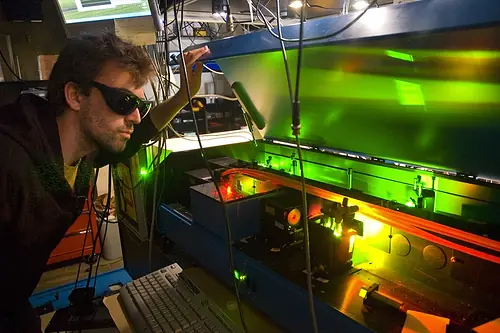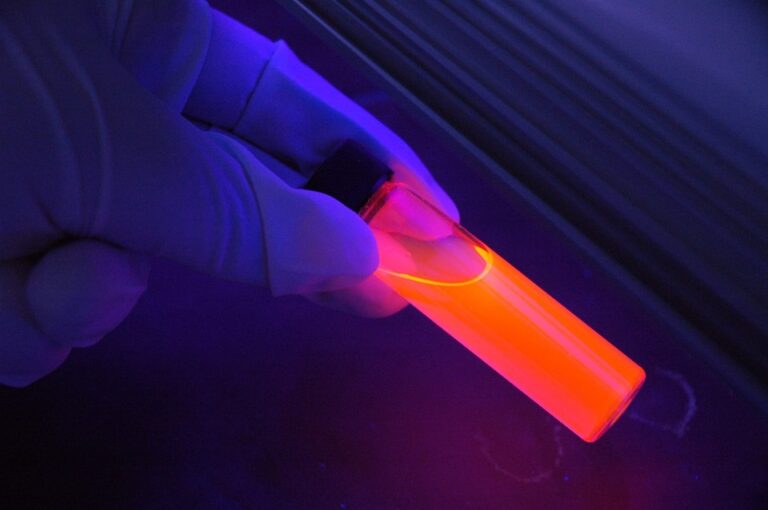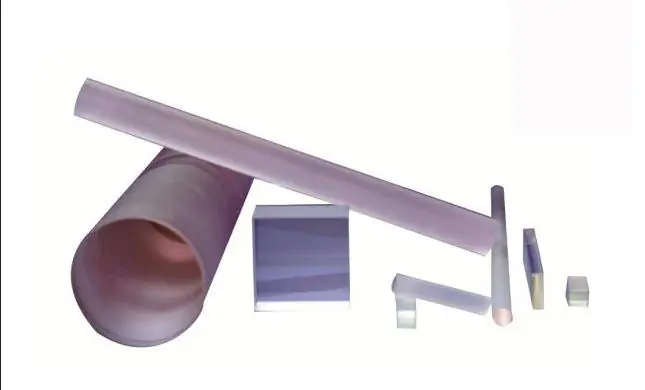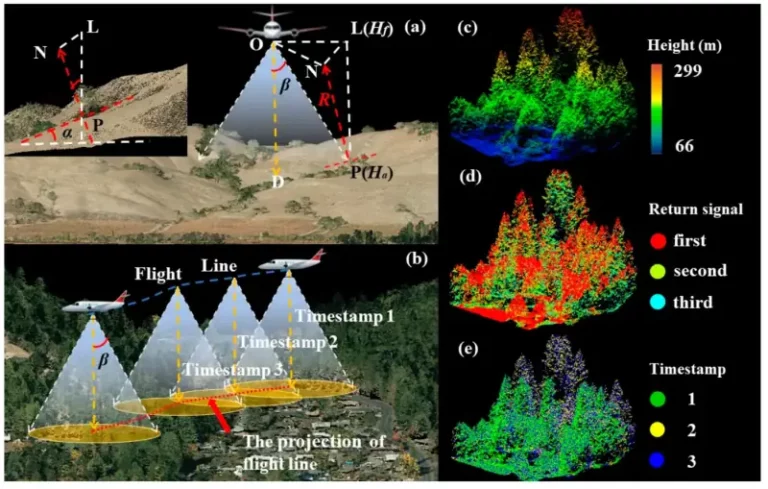Laser-assisted synthesis of nanomaterials for biomedical applications

Laser-assisted synthesis of nanomaterials for biomedical applications has emerged as a promising area of research in recent years. Nanomaterials are materials with dimensions ranging from 1 to 100 nanometers, which exhibit unique physical and chemical properties that can be exploited for various applications, including biomedicine. Laser-assisted synthesis involves the use of lasers to create nanoparticles and other nanostructures with controlled size, shape, and composition, making them ideal for use in biomedical applications.
Principles of laser-assisted synthesis
There are several techniques used for laser-assisted synthesis of nanomaterials, including laser ablation, laser pyrolysis, and pulsed laser deposition. Laser ablation involves the use of high-energy lasers to vaporize solid materials, which then condense into nanoparticles. Laser pyrolysis is a similar process, where the laser is used to vaporize organic materials, such as polymers, to create carbon-based nanoparticles. Pulsed laser deposition involves the use of lasers to ablate a target material, which then deposits onto a substrate to create a thin film.
Types of nanomaterials synthesized using laser-assisted techniques
Laser-assisted synthesis can be used to create a variety of nanomaterials, including metal nanoparticles, carbon-based nanoparticles, and ceramic nanoparticles. Metal nanoparticles, such as gold and silver nanoparticles, have unique optical properties that make them ideal for use in biomedical applications, such as imaging and drug delivery. Carbon-based nanoparticles, such as fullerenes and carbon nanotubes, have excellent biocompatibility, making them ideal for use in tissue engineering. Ceramic nanoparticles, such as hydroxyapatite, have unique mechanical and biocompatible properties, making them ideal for use in bone tissue engineering.
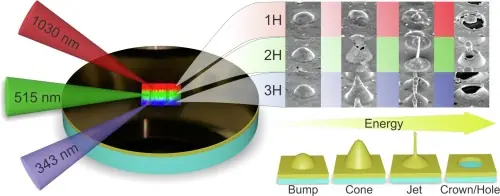
Biomedical applications of laser-synthesized nanomaterials
Laser-synthesized nanomaterials have several potential biomedical applications. For example, metal nanoparticles can be used for targeted drug delivery and imaging, carbon-based nanoparticles can be used for tissue engineering and drug delivery, and ceramic nanoparticles can be used for bone tissue engineering. The ability to create nanoparticles with controlled size and composition using laser-assisted synthesis makes them ideal for these applications.
Challenges and limitations of laser-assisted synthesis
While laser-assisted synthesis has many benefits, there are also challenges and limitations. One major concern is safety, as lasers can be dangerous if not used properly. Another challenge is scalability, as it can be difficult to scale up the production of laser-synthesized nanomaterials for industrial applications. Finally, cost is a significant limitation, as laser-assisted synthesis can be expensive.
Future directions and outlook Despite these challenges, laser-assisted synthesis of nanomaterials for biomedical applications has great potential for advancing biomedicine. Researchers are continuing to develop new techniques and materials to overcome these challenges and create new applications for laser-synthesized nanomaterials. As these technologies continue to evolve, the future of laser-assisted synthesis looks promising for biomedicine.
Conclusion
Laser-assisted synthesis of nanomaterials has emerged as a promising area of research for biomedical applications. By creating nanoparticles with controlled size, shape, and composition, laser-assisted synthesis allows for the creation of materials with unique properties that can be exploited for a variety of biomedical applications. While there are challenges and limitations, the future of laser-assisted synthesis looks promising for advancing biomedicine.


